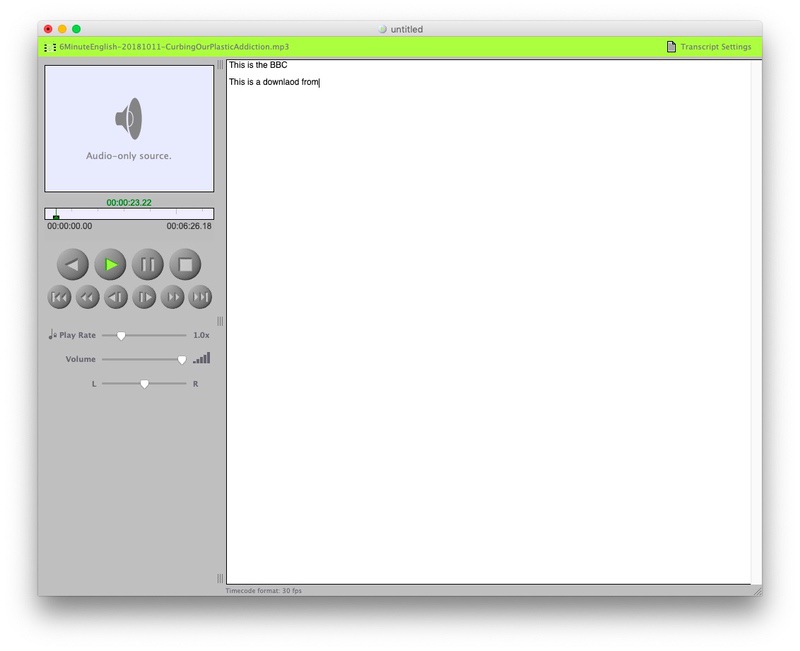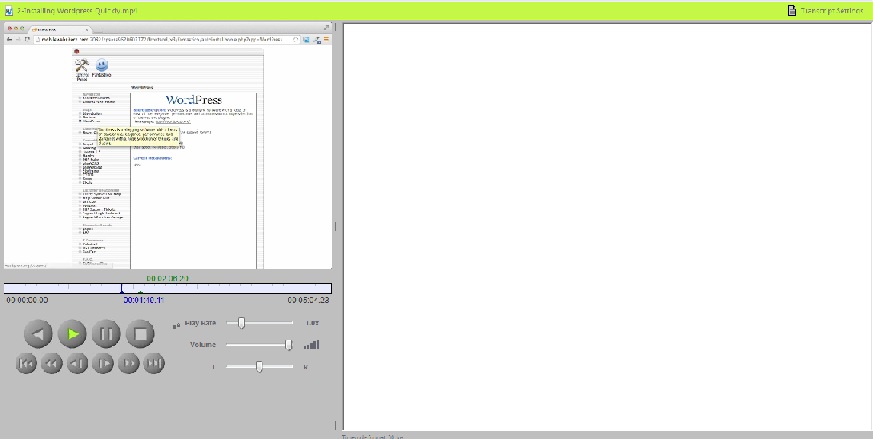
#Inqscribe manual frame rate software
YouTubers are known to use LightRoom, which is a video editing software and also includes converting audio into text. This set of motion counters is frequently used to increase motion control and performance while keeping production time and costs in check.However, the result of any method used is not 100% accurate, and this task still requires human intervention.ĭo share your thoughts on converting audio files to text in the comments section below and subscribe to our Facebook posts and YouTube Channel for incredible and new articles related to technology.Īll product names, trademarks and registered trademarks are property of their respective owners. So sometimes you will hear about artists animating on 3’s, which is used for transitions or rests between movements. This was also eventually done in filmmaking and that resulted in animating on 2’s at 24fps.Īnimating on 3’s was more for rests and transitions or for special choppy effects. This resulted in animating on 2’s at 30fps. As television got more popular and budgets shrank, animators needed to shoot two frames for each moving portion of the animation in order to complete it swiftly.Īt 30 frames per second, this corresponds to two animations. This resulted in animators shooting on 1’s and 2’s in a 24fps, 25fps, or 30fps delivery system.

Flexibility in frame rate to keep production cost in controlĪs time went on animators soon discovered that they could blend different counting techniques such as using 1’s for actions and 2’s for dialogue or basic movements. However, when you apply interpolation to an established piece of art, issues occur, especially if the application is tainted by a greater sense of “improving” the original film. There’s nothing wrong with animating at a higher frame rate, let alone utilizing interpolating software during the process, as some animation studios are beginning to do. The human eye can only receive 10 to 12 images each second, according to research. These frame rates, however, are not essential for all forms of animation or even live action. A higher frame rate does not always imply better animation HD digital television and the Internet now have more standards than ever before, and this is especially true for the Internet.įilmmakers and video game developers may now construct playback frame rates of 60 fps, 70 fps, 90 fps, and 90 fps and 120 fps for numerous productions because everything has gone digital. In traditional 2D animation, an animator does not draw all of the drawings. There are two standard television images: 30 frames per second (NTSC) for the United States and 25 frames per second (PAL) for Europe (PAL). The frame rate varies based on the media being used While in 2D and stop motion we can draw every 3 to 5 frames, or not allow the character move for a few seconds, in 3D, we must still let the character move. Moving hold is used when you want a character to look to be alive while doing nothing. In 3D animation, this makes the “moving hold” problematic. It doesn’t function that way in 3D, though when a 3D character isn’t moving at all, even for an image, it doesn’t appear realistic. When the action is quick, it’s common to switch to “things” to keep up with the pace, which means that each image paints a picture. They employ the same designs on many frames at times.Ī lot of 2D animation is “two-shot,” which means each sketch is rotated twice (or two).

In Japanese animation and stop motion, it’s very prevalent. As a result, there are 12 drawings every second.īecause you make adjustments or create a new design every two frames, this is referred to as “working on 2.” When the action is relatively static, you can even work on 3 and 4. In 2D animation, this means a frame is drawn 24 times per second.Įven though there’s a lot of work, if there isn’t any immediate action, you can typically get away with only one drawing that spans two frames. In movies, we typically shoot at a frame rate of 24 frames per second. This is referred to as “frames per second,” or “fps.” The frame rate of an animated film

This engine can determine the number of photographic images taken per second. Frame rates in theaters at the time ranged from 16 to 22 frames per second.įor better management of film speed, a new engine has been added to the camera. Flexibility in frame rate to keep production cost in controlĭuring the early days of cinema, before television, filmmakers had to manually film the cameras.A higher frame rate does not always imply better animation.The frame rate varies based on the media being used.


 0 kommentar(er)
0 kommentar(er)
